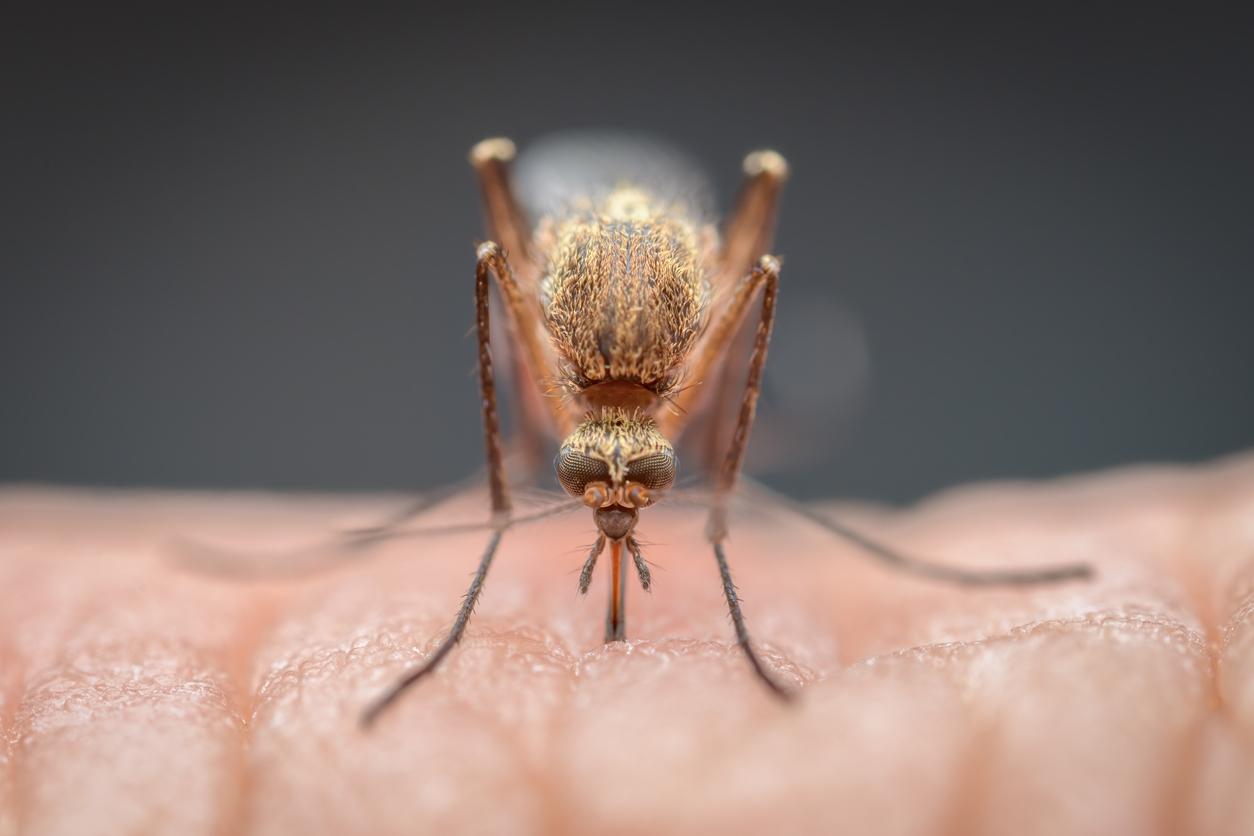The re-emergence of the Oropouche virus in South America is causing great concern. Once confined to tropical forests, this virus transmitted by midges and mosquitoes is now spreading to urban areas, causing epidemics in several countries and imported cases in Europe and the United States.

- The Oropouche virus, once confined to forested areas, is now spreading to urban areas in South America, causing a worrying epidemic.
- Symptoms are similar to those of dengue or Zika, but severe cases, including two deaths, have been observed, indicating a possible increased virulence of the virus.
- Health authorities are calling for enhanced prevention measures, particularly for travellers, and a coordinated international response to contain this emerging threat.
Since the summer of 2024, South America has been facing a worrying resurgence of the Oropouche virus, a relatively unknown arbovirus. First discovered in 1955 in Trinidad and Tobago, this virus had previously been confined to the forested areas of the Amazon, mainly affecting rural communities. However, this year, the virus has reached a worrying milestone by invading urban areas and causing an epidemic of unprecedented scale.
The extent of the spread of Oropouche alarms experts
With more than 8,000 confirmed cases in Bolivia, Brazil, Colombia, and Peru since August 1, 2024, and isolated cases in Europe and the United States, the Oropouche virus is spreading rapidly. Health authorities, such as the Centers for Disease Control and Prevention (CDC), have identified 21 cases of American travelers returning from Cuba infected with this virus. The extent of this spread, combined with the severity of the symptoms observed, is alarming public health experts.
Fever, chills and headache
Symptoms of the Oropouche virus are similar to those of other arboviruses such as dengue or Zika. About 60% of infected people develop symptoms that include high fever, chills, headache, muscle and joint pain, and rash. In some cases, the virus can affect the central nervous system, leading to serious complications such as meningitis or encephalitis. Two young Brazilian women, with no pre-existing medical conditions, recently died after contracting the virus, raising questions about its possible increased virulence.
The Oropouche virus is mainly transmitted through the bites of midges (Culicoides paraensis) and mosquitoes (Aedes spp.). This year, genetic mutations of the virus have been observed, which could partly explain its rapid spread and the increase in severe cases. At the same time, factors such as climate change, increasing urbanization and deforestation are exacerbating the problem by promoting contact between humans and infected vectors.
Oropouche nicknamed “sloth fever”
The virus is endemic to the Amazon basin, where it naturally circulates between insect vectors and a variety of animal hosts, including rodents, sloths, and birds. This is why it is sometimes referred to as “sloth fever.” However, with the increase in human activity in these areas, the risk of transmission to humans has increased dramatically, and the virus has begun to establish itself in areas where it was not previously present.
Faced with this situation, health authorities must redouble their efforts to contain the spread of the virus. However, the challenges are numerous. The small size of the midges and their relative resistance to traditional repellents make it difficult to control these vectors. In addition, the lack of vaccines or specific treatments for the Oropouche virus further complicates the task.
The CDC recommends that travelers to South America, including Cuba, take strict precautions to protect themselves from insect bites. Preventative measures include wearing covering clothing, using effective repellents, and avoiding going out during times when insects are most active, such as dawn and dusk.
A silent vector: midges
While mosquitoes often get the spotlight when it comes to insect-borne diseases, midges are equally formidable vectors. Their small size makes them difficult to detect, and they can slip under the radar of traditional control measures. Unlike mosquitoes, midges are active during the day, further complicating prevention efforts. In addition, their habitat, often located in swampy or forested areas, makes controlling these insects particularly challenging. Innovative solutions, such as the use of light traps or insecticide-treated nets, may be needed to effectively reduce their population and limit the spread of Oropouche virus.


















